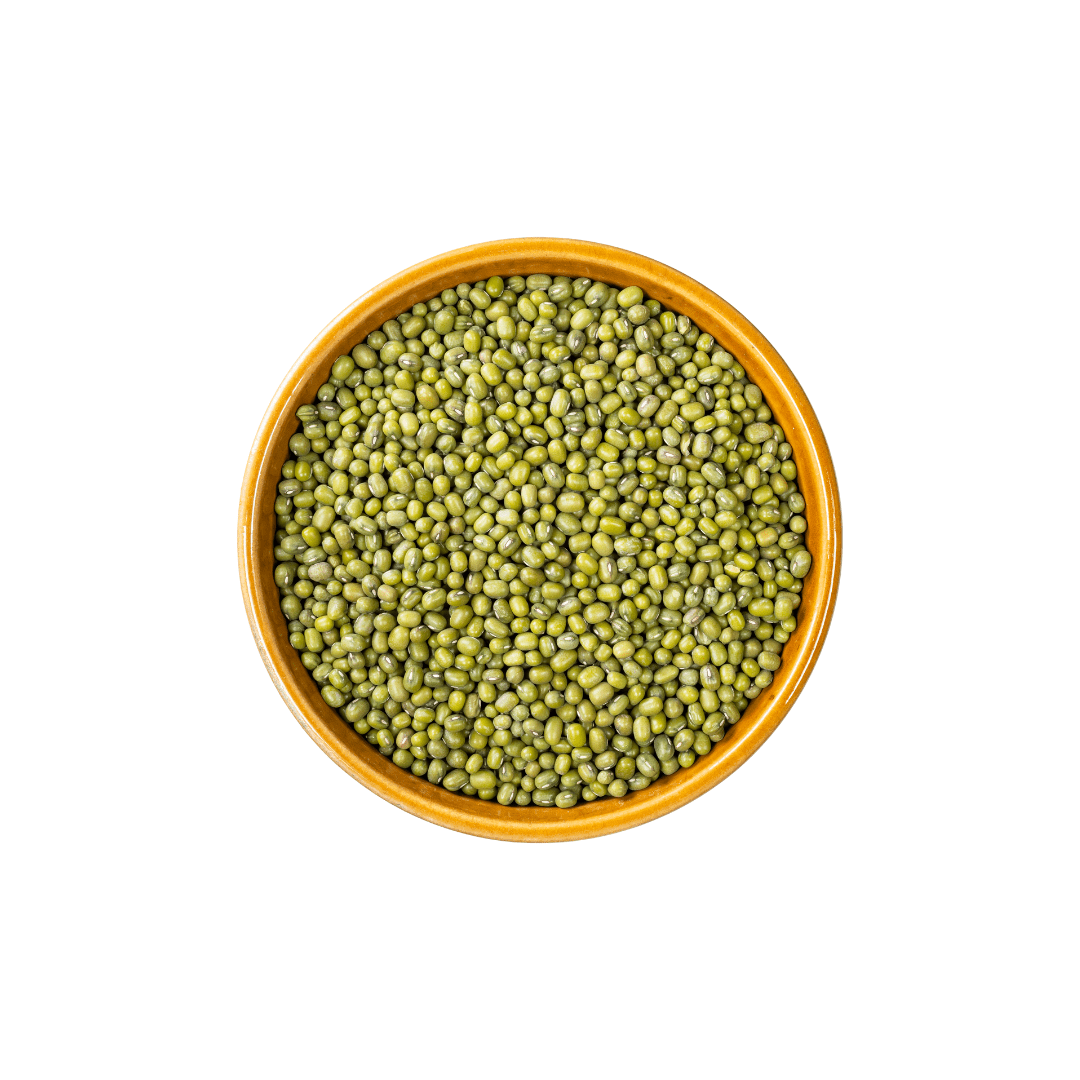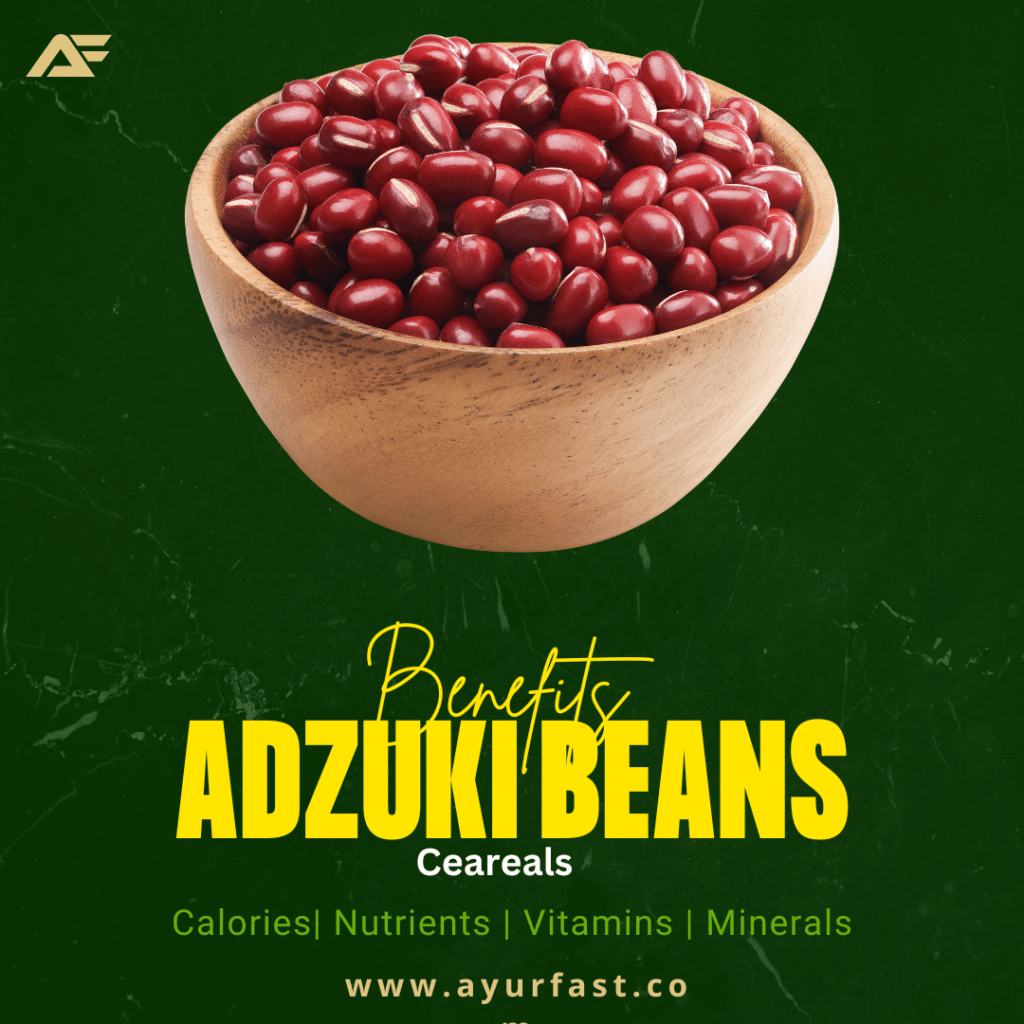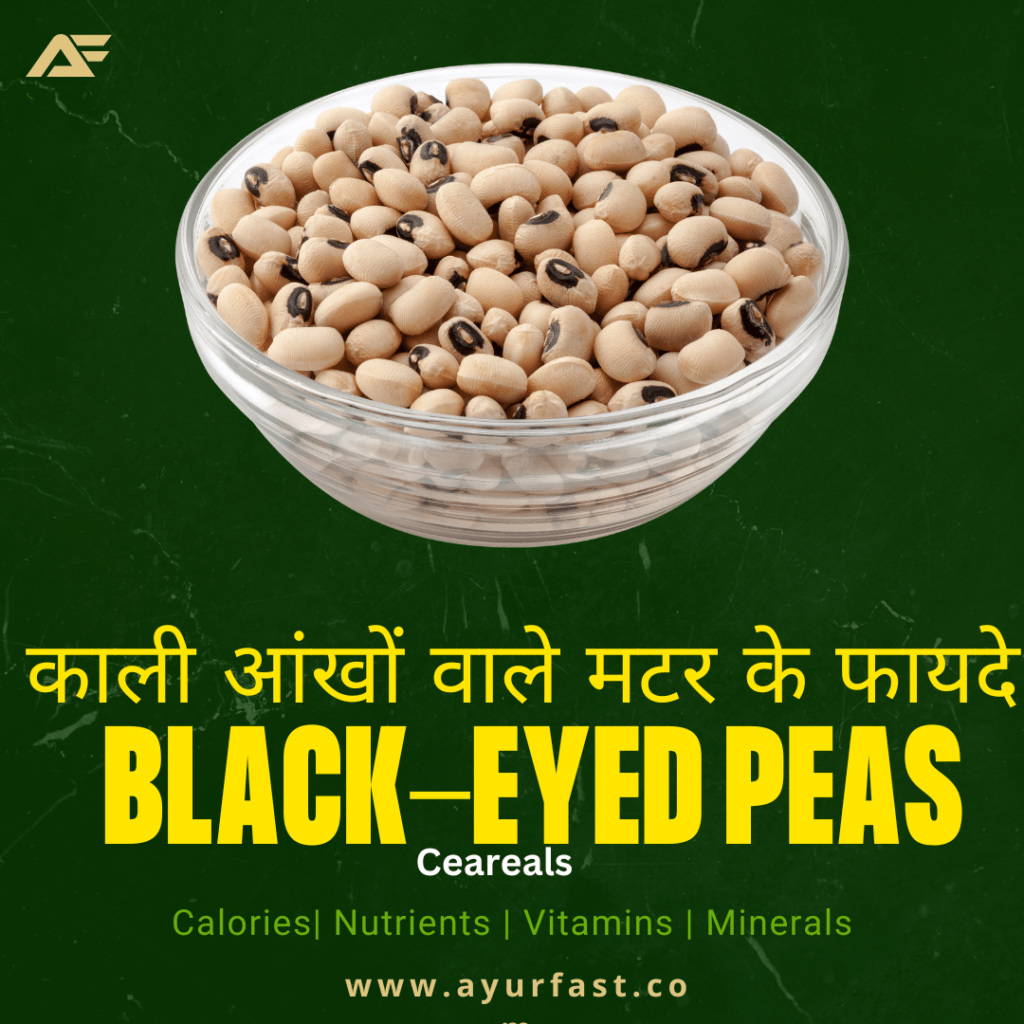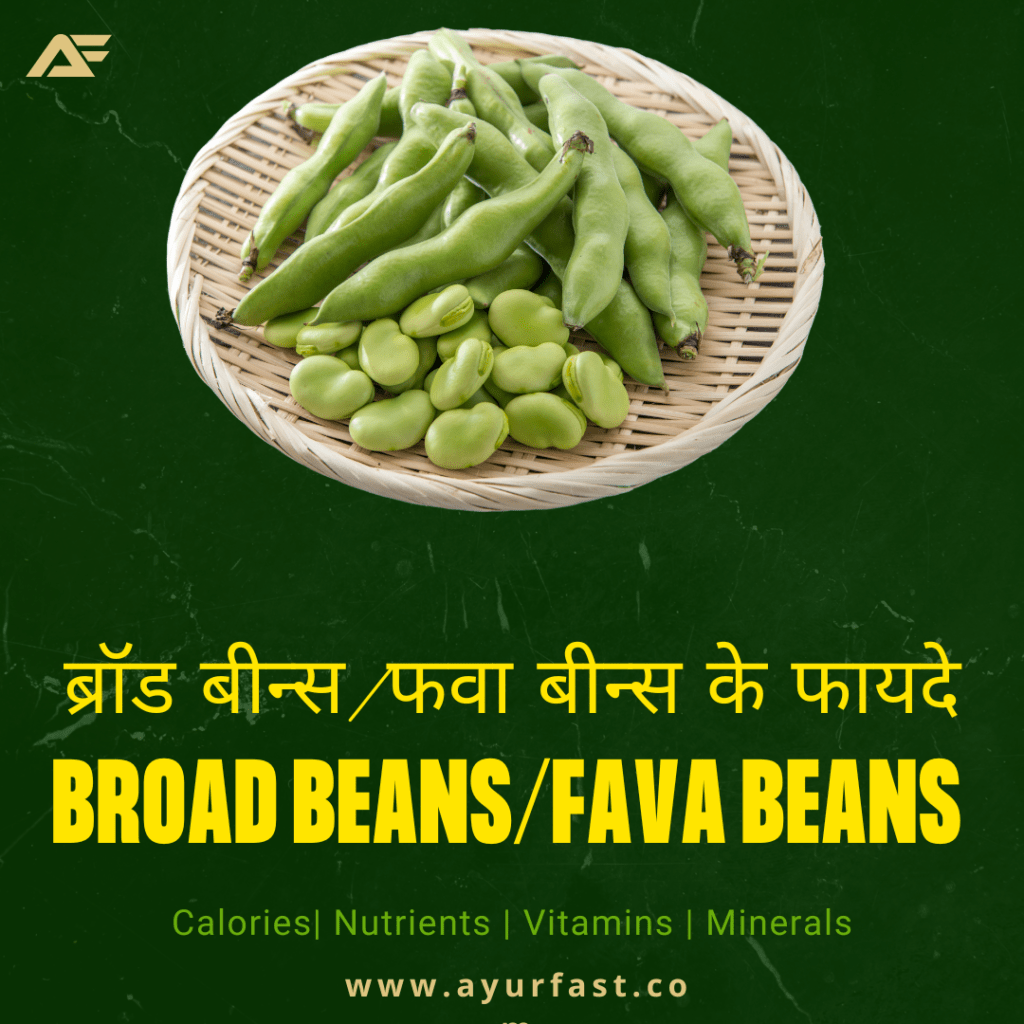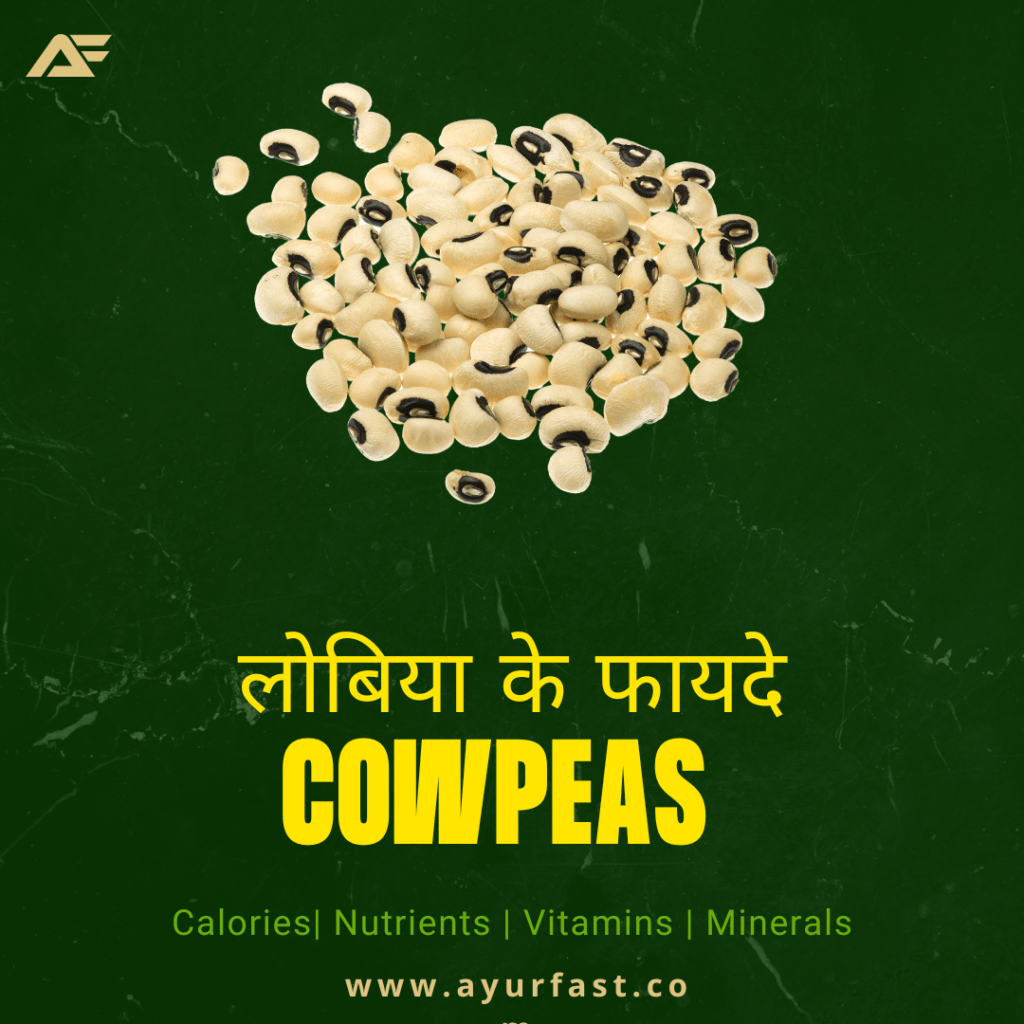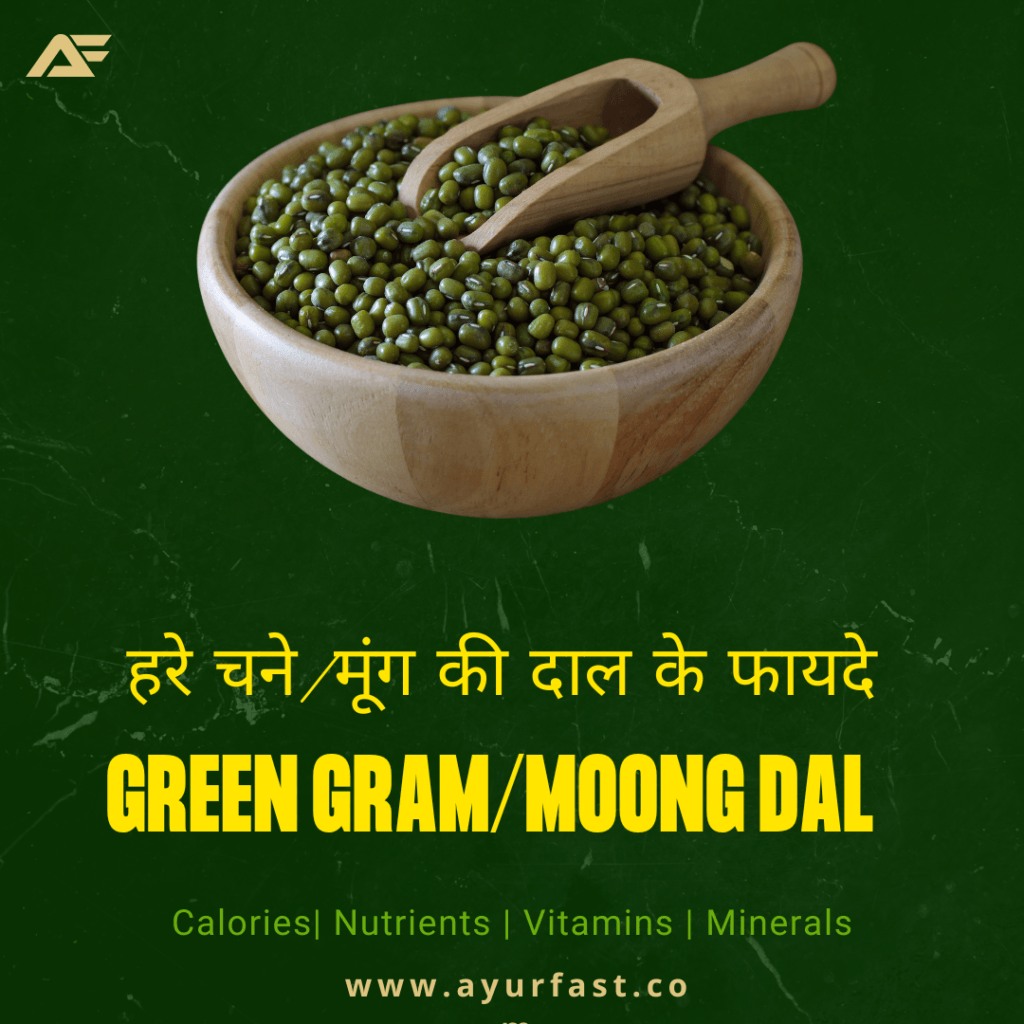About
Mung beans, also known as green gram or golden gram, are a type of legume widely cultivated in Southeast Asia, South Asia, and East Asia. They are small, oval-shaped beans with green skin and a yellow or light brown interior. They are often used in Asian cuisine and can be found in soups, salads, and curries.
Health benefits of Mung beans:
-
Rich in nutrients: Mung beans are a great source of nutrients such as protein, fiber, vitamins, and minerals. They are low in fat and calories, making them a healthy addition to your diet.
-
Promote heart health: Mung beans contain antioxidants that can help lower your risk of heart disease by reducing inflammation and improving cholesterol levels.
-
Aid digestion: Mung beans are rich in fiber, which helps promote digestion and prevent constipation.
-
Support weight loss: Mung beans are low in calories and high in fiber, making them a great food for weight loss.
-
Boost immunity: Mung beans are a good source of vitamin C, which helps boost the immune system and protect against infections.
Diseases that can be cured:
-
Diabetes: Mung beans have a low glycemic index, which means they can help regulate blood sugar levels in people with diabetes.
-
High blood pressure: Mung beans are a good source of potassium, which can help regulate blood pressure.
-
Anemia: Mung beans are high in iron, which can help prevent anemia.
Energy, Macro Nutrient, and Water Content of Mung beans per 50g serving:
| Nutrient | Amount |
|---|---|
| Energy | 175 kcal |
| Carbohydrates | 31.4 g |
| Fats | 0.8 g |
| Protein | 12.2 g |
| Fiber | 8.2 g |
| Water | 7.6 g |
Vitamins found in Mung beans per 50g serving:
| Vitamin | Amount |
|---|---|
| Vitamin A | 3 IU |
| Vitamin B1 | 0.3 mg |
| Vitamin B2 | 0.1 mg |
| Vitamin B3 | 0.8 mg |
| Vitamin B6 | 0.1 mg |
| Vitamin B12 | 0 µg |
| Vitamin C | 1.5 mg |
| Vitamin D | 0 IU |
| Vitamin E | 0.2 mg |
| Vitamin K | 0.4 µg |
| Folate | 164 µg |
| Biotin | 10 µg |
Minerals found in Mung beans per 50g serving:
| Mineral | Amount |
|---|---|
| Calcium | 49 mg |
| Iron | 2.2 mg |
| Iodine | 1 µg |
| Zinc | 1.2 mg |
| Magnesium | 48 mg |
| Phosphorus | 104 mg |
| Potassium | 266 mg |
| Sodium | 2 mg |
| Chloride | 16 mg |
| Copper | 0.1 mg |
| Chromium | 0 µg |
| Fluoride | 1.6 µg |
| Molybdenum | 29 µg |
| Manganese | 0.4 mg |
| Selenium | 2.8 µg |
What are mung beans, and how are they used in cooking?
Mung beans are small, green legumes that are commonly used in Asian cuisine. They can be boiled, sprouted, or ground into flour for a variety of dishes.
What are the health benefits of eating mung beans?
Mung beans are rich in nutrients and antioxidants that promote good health. They may help lower blood sugar levels, reduce inflammation, and improve digestion.
Are mung beans gluten-free?
Yes, mung beans are gluten-free and are a great alternative for those who are sensitive to gluten.
Can mung beans be sprouted at home?
Yes, mung beans can easily be sprouted at home by soaking them in water for several hours and then rinsing them regularly.
What dishes can I make with mung beans?
Mung beans can be used in a variety of dishes, including soups, salads, curries, and desserts.
How do I store mung beans?
Mung beans can be stored in an airtight container in a cool, dry place for up to a year.
Are there any side effects of eating mung beans?
While mung beans are generally safe to eat, some people may experience bloating, gas, or an upset stomach after consuming them.
Can mung beans help with weight loss?
Mung beans are low in calories and high in fiber, which may help promote weight loss by reducing appetite and aiding in digestion.
Are mung beans a good source of protein?
Yes, mung beans are a good source of plant-based protein and are often used as a vegetarian or vegan alternative to meat.
How long does it take to cook mung beans?
Mung beans typically take about 30-40 minutes to cook on the stovetop, or can be cooked in a pressure cooker for about 15-20 minutes.
Are mung beans used in traditional medicine?
- Yes, mung beans have been used in traditional medicine for centuries to treat a variety of ailments, including high blood pressure and diabetes.
Can mung beans be used in baking?
- Yes, mung bean flour can be used as a gluten-free alternative to wheat flour in baking recipes.
Are mung beans easy to digest?
Yes, mung beans are easy to digest and are often recommended for people with digestive issues.
Can mung beans be used in smoothies?
Yes, mung beans can be added to smoothies for an extra boost of protein and fiber.
Are mung beans a good source of vitamins and minerals?
Yes, mung beans are a good source of vitamins and minerals, including folate, magnesium, and potassium.
Are there any culinary restrictions when cooking with mung beans?
Some people may experience allergic reactions to mung beans, and they should avoid them if that's the case.
What is the nutrient content of mung beans?
Mung beans are low in fat and high in protein, fiber, and essential vitamins and minerals.

